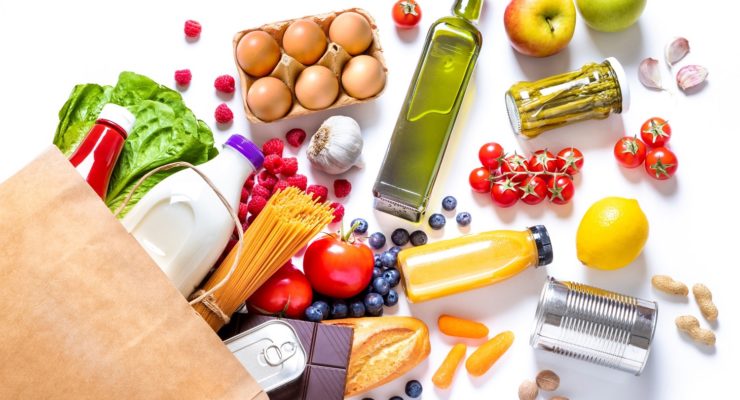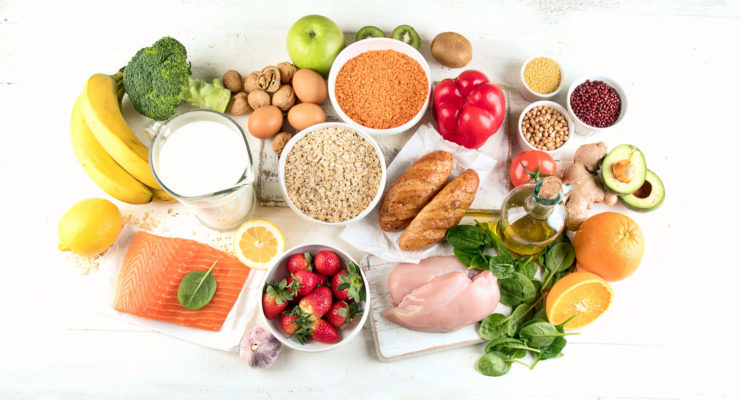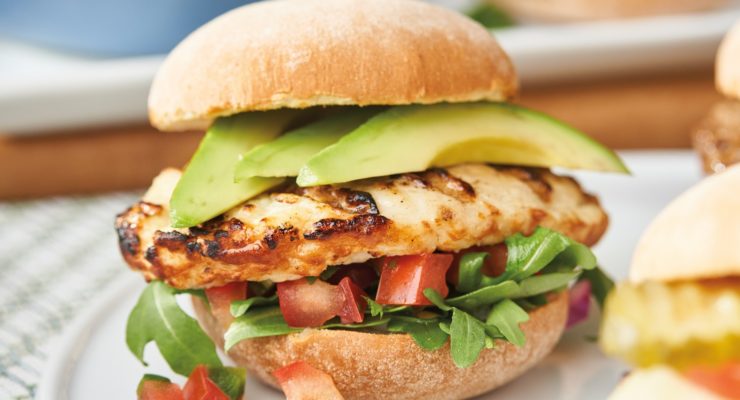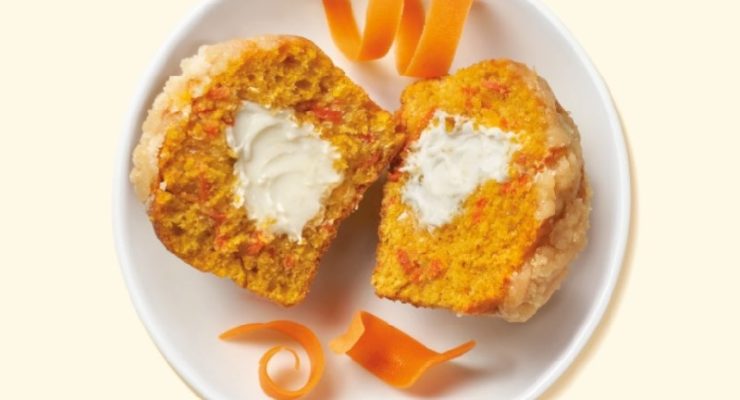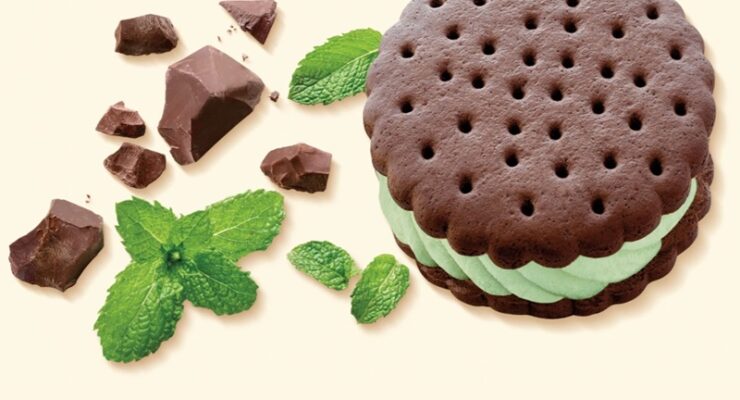11 Unlimited Free Foods for Your Weight Loss Plan
Article posted in: Nutrisystem for Men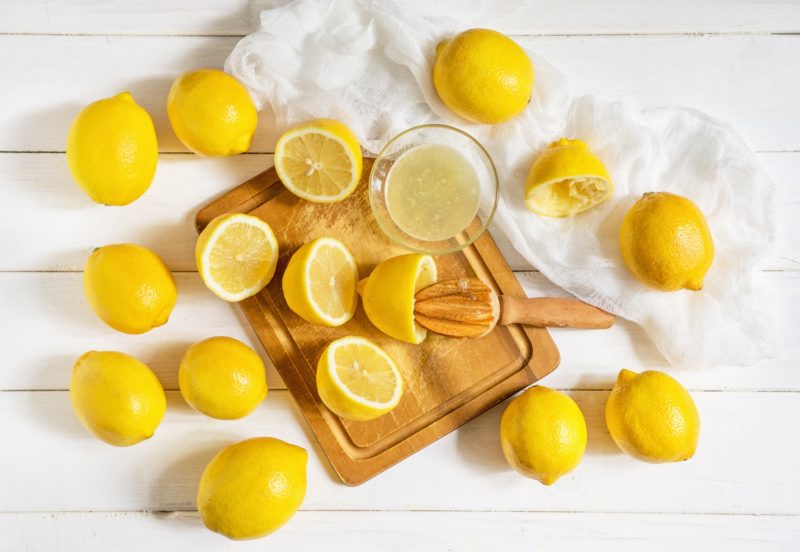
Just because you’re eating to lose weight doesn’t mean you have to compromise on flavor. Many ingredients that crank up the satisfaction in your meals are considered Free Foods on your Nutrisystem weight loss plan, so you can enjoy as much of them as your taste buds desire—they are unlimited. Here are 11 of our favorites for you to keep on hand for whenever you want a bit more pop from your plate.
1. Salsa

Why: The simple sauce of tomatoes, peppers, onions and seasonings has become one of America’s favorite condiments—and not just for dipping chips. Salsa adds a zesty flavor to eggs, sandwiches and wraps, grilled meats and more. All of the non-starchy vegetables in salsa are unlimited on Nutrisystem. They provide you with fiber and small amounts of vitamins A and C, plus it’s fat free and super low in calories, says the United States Department of Agriculture (USDA). When buying salsa, avoid brands with lots of added sodium and sugar. Fresh Pico de Gallo is our favorite.
Try: You can make fresh salsa exactly to your ideal spiciness with our easy salsa recipe. Use salsa to dip carrot and celery sticks or try mixing it with canned tuna instead of high-fat mayonnaise. Spread salsa on a whole-wheat wrap before layering on sliced turkey breast and lettuce.
2. Mustard

Why: More than just a condiment for sandwiches and hot dogs, mustard is a versatile ingredient you can use in salad dressings, marinades, glazes and dips. It comes in lots of varieties, from mild yellow to spicy brown to whole grain. If you stay away from bottled honey mustard and other sugar-laden types, mustard is almost calorie-free and has no cholesterol, says SpreadTheMustard.com. It also includes a bit of omega-3 fatty acids, nutrients that help your body ward off heart disease. Many brands are made with turmeric, a bright yellow spice that has been said to reduce inflammation in your body.
Try: Like salsa, mustard adds flavor and moisture to canned tuna. Air Fryer Honey Mustard Chicken Bites are crispy on the outside, tender on the inside and filled with flavor all around.
3. Hot Sauce

Why: Spicy peppers cooked and pureed into a smooth sauce is a handy way to heat up the flavor of so many dishes, from eggs to soups to burritos to hot chocolate (try it!). Hot sauces deliver all that flavor without adding calories, fat, cholesterol or carbohydrates to your food, says the USDA. You can choose from a wide range of spiciness, from tongue tingling to five-alarm fire. Bonus: Hot sauce stokes your metabolism, so you might just burn off a few extra calories after the meal. Learn more about the power of chili peppers.
Try: Kick start your morning by spreading mashed ripe avocado on whole wheat toast with a drizzle of hot sauce. Or stir a few splashes into scrambled eggs. Mix hot sauce into non-fat plain Greek yogurt to make a zesty dip. If you love the flavor of hot sauce with chicken wings, try our Cauliflower Buffalo Bites–you get a serving of vegetables and a mouthful of fun.
4. Herbs and Spices

Why: Whatever type of flavor you want to perk up your meals, there’s an unlimited herb or spice that fits the bill. Chili powder brings the zing. Cinnamon sprinkles in hints of sweetness and heat. Rosemary adds an earthy note. Oregano provides a little bit of bitterness. The list of herbs and spices is long and offers you so many options. They are almost calorie-free and some are even concentrated sources of antioxidants that guard your health from disease.
Try: Mix leafy herbs like fresh parsley and basil with lettuce and spinach to make a tastier salad. Rosemary Tomato Feta Spread is a creamy, flavorful sandwich topping or dip for sweet pepper slices. The warm spice of ginger balances the sweetness of oranges in our Orange Ginger Carrot Smoothie recipe.
5. Lemon and Lime Juice

Why: Fresh juice from these citrus fruits adds a spark of acidity to many chicken, fish and vegetable dishes. Lemons tend to be more sour, while limes are a little sweeter but can be more bitter-tasting. Both are high in vitamin C, which supports your immune system. They also contain flavonoids, compounds that help protect your body from diabetes and other chronic ailments, according to research in Biomolecules.
Try: To add a bit of smoky flavor to any dish, slice lemons or limes in half, spritz them lightly with fat-free cooking spray and put them open-side down on the grill for two to three minutes. Squeeze the smoke-infused juice onto grilled chicken, fish or vegetables. Make Lemon Thyme Vinaigrette to brighten the taste of salads. Skip the butter and salt and instead sprinkle this simple chili-lime seasoning on popcorn.
6. Low-Sodium Broth

Why: Chicken and beef broth add extra flavor to any recipe that calls for water. They’re commonly used for making soups and stews, but you can use broth to braise vegetables, cook rice or pasta, or even just sip on them when you want a warm, filling drink. Just be sure to get the low-sodium varieties because the regular versions often come with lots of salt. Bone broth has also been growing in popularity and provides you with an extra dose of nutrients, according to KettleAndFire.com.
Try: Eggs poached in broth turn out extra flavorful. Punch up the taste of mild cauliflower rice by cooking it with chicken or beef broth to create an unlimited side dish or base for any meal. Use chicken broth to make one of our favorite comfort food dishes for weight loss, Chicken Pot Pie. You can even make an unlimited veggie soup with low-sodium broth and your favorite non-starchy veggie. Perfect for satisfying any hunger on week one on your Nutrisystem plan!
7. Capers

Why: Capers are the green flower buds of the caper bush that have been pickled or dried. They have a tangy flavor—kind of like olives—and lightly crunchy texture that lifts fish dishes, pasta, stews and sauces to the next level of satisfaction. In two tablespoons of capers, you get less than 10 calories but 10 percent of your daily calcium, says the USDA.
Try: Mix capers into salads or add them to homemade vinaigrette. Drop them in your favorite pasta sauce or over fish. Use capers to give veggie omelets (or eggs anyway you like them) a pop of briny flavor. For a protein-rich breakfast or snack, you’ll love our Creamy Salmon Sweet Potato Crostini.
8. Low-Calorie Butter Spray

Why: Vegetables and lots other foods taste better with a bit of butter. Butter, however, is high in calories and saturated fats. Low-calorie butter spray lets you give food a creamy, silky texture and rich flavor without loading you up on excess calories. Be aware that no brand of butter spray has zero calories regardless of what labels claim—they just have less than one calorie per serving.
Try: Spritz fresh vegetables with low-calorie butter spray before sautéing or after steaming them for an unlimited appetizer. Enjoy the classic taste of popcorn without turning it into a greasy mess. With low-calorie butter spray, the bread on our Guilt-Free Grilled Cheese becomes crisp while the inside gets deliciously gooey. It’s also perfect with baked sweet potatoes or brown rice.
9. Low-Sodium Soy Sauce

Why: Many of us love salty flavors but need to limit our intake. Soy sauce—even low-sodium types—makes food taste saltier. You can use it to spark up salad dressing, fish and chicken dishes or even sautéed vegetables. Soy sauce is typically made with wheat but you can also find gluten-free versions.
Try: Splash a bit of soy sauce on roasted, sautéed or steamed broccoli for an unlimited side dish. Drizzle it on grains like brown rice or quinoa. Mix it with ground turkey to make more savory burgers. Dark-colored soy sauce is a bit sweeter than the lighter varieties, so it works better as a dipping sauce. We used it for Zucchini Fritters with Soy Dipping Sauce that your whole family will love.
10. Vinegar

Why: Vinegar comes in many varieties, each with its own blend of tanginess and other flavors that bring out the best in all kinds of dishes. Apple cider vinegar is acidic, while red wine vinegar is more tart. Vinegars of all kinds are naturally low in calories and free of fat and cholesterol. Vinegar may help your body manage its blood sugar levels, according to research published in the Annals of Nutrition and Metabolism. Balsamic vinegar is not an unlimited Free Foods due to the calorie and sugar. However, you can still enjoy it in moderation as part of your daily Extras.
Try: For flavorful salad dressing, sprinkle on red wine or balsamic vinegars. You can also mix apple cider vinegar with savory herbs and spices like garlic powder, Italian seasoning and pepper for an unlimited salad dressing or sauce. White vinegar can be used with baking soda as a leavening agent for baked goods. Apple cider vinegar bumps up the flavor of coleslaw or braised greens such as kale or collards. Try it in the dressing for our hearty Fall Pasta Salad.
11. Natural Zero-Calorie Sweeteners

Why: Instead of artificial sweeteners, we recommend using natural plant-based sweeteners that fit into your healthy diet. Two of our favorites are stevia and monk fruit extract. According to Medical News Today, “Stevia is a sweetener extracted from the leaves of the Stevia rebaudiana plant, which is native to some parts of South America.” It contains steviol glycosides, compounds that make it 200 to 400 times sweeter than ordinary sugar, but don’t affect your blood sugar levels in the same way. “Monk fruit is also called luo han guo or swingle. It looks like a small gourd, and it grows on a vine,” says Medical News Today. The extracts contains substances called mogrosides, which make it 15o to 200 times sweeter than sugar. Both stevia and monk fruit sweeteners come in liquid, granule and powdered forms, just like ordinary sugar. Since they are so much sweeter than ordinary sugar, remember that a little goes a long way.
Try: Keep your coffee or tea in the Free Food category with these sweeteners. They’re great on oatmeal and in baked goodies like our Air Fryer Cinnamon Chickpea Blondies. Add them to anything that could use a little extra sweetness.

